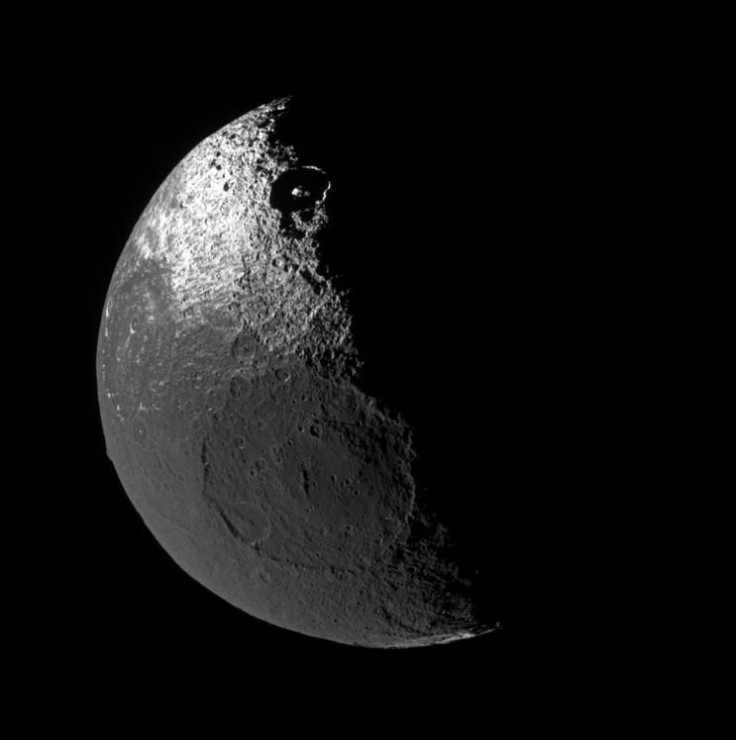NASA Holds Evidence Of First UFO Sighting On The Moon

A document from NASA revealed a record for the first reported UFO sighting on the Moon. According to the document, the sighting occurred in 1668.
The document, dubbed as Chronological Catalog of Reported Lunar Events, was released by NASA in July 1968 and is currently available through the space agency’s online archives.
It features a comprehensive list of lunar events witnessed by professional and amateur astronomers dating back to 1540. NASA defined lunar events as temporary occurrences on the Moon.
“A lunar event is defined here as a temporary change, other than that due merely to conditions of illumination, in the appearance of a lunar feature involving a limited area, generally a few kilometers in dimension,” the agency stated.
“Reports of observations of temporary bright spots, as well as veils, obscurations and brightening of the floors of craters and other small areas have been included,” NASA added.
According to NASA, the information presented in the document was compiled using data from different publications. Many of the reported events were shining bright lights on the Moon. NASA explained that these were most likely reflections from the walls of craters on the Moon.
One of the reported incidents occurred on Nov. 26, 1668, which was 60 years after the invention of the first practical refracting telescope.
According to Curiosmos, Cotton Mather, a colonial preacher, was observing the Moon using his telescope. As he was watching the lunar surface, he saw a bright star-like point flying across the Moon.
Due to the crude nature of scientific equipment at that time, it was hard to determine what Mather actually saw. Because of this, it has been regarded as an unidentified flying object.
Although NASA didn’t provide an explanation regarding Mather’s reported event, the bright object that he saw may have been caused by atmospheric phenomena. This usually occurs when light bouncing off from the surface of the Moon interacts with elements in the atmosphere. This can cause the light to have a different color or even appear as if it’s moving.
Also, the lenses of telescope that Mather was using could have also caused a point of like to appear like it was hovering on the surface of the Moon.





















